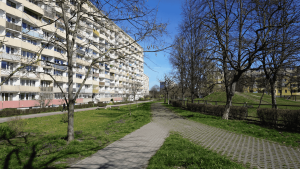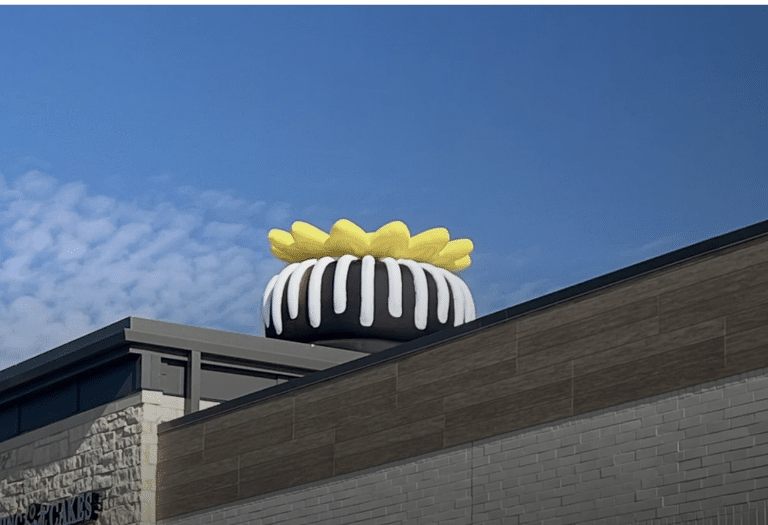Gardeners often spot benches tucked among plants. These spots offer quiet places to sit. People use them to think about past times.
Such areas gain meaning with careful plant choices. A Memorial Bench fits well in these setups. It adds a personal touch to the yard.
Plant Selection for Bench Areas
Choose plants that handle heat and humidity. Sage varieties work best in many conditions. They need less water once roots set in.
These plants create shade around the bench. Flowering perennials bring color with their blooms. They attract butterflies and bees too.
Avoid plants that drop lots of debris. Deciduous trees shed leaves often in fall. Pick evergreens for cleaner spaces year-round.
For variety, mix heights in your planting plan. Tall grasses screen the bench from view. Low ground covers fill in bare spots.
Check soil pH before you plant anything. Most plants prefer neutral levels around seven. Test kits from stores help with this task.
Add companion plants to boost health. Herbs like basil deter pests naturally. They grow well near flowers and shrubs.
Consider sun exposure for each spot. Full sun plants need six hours daily. Shade lovers thrive with less direct light.
Group similar needs together for ease. Water-loving plants go in one area. Drought-tolerant ones stay separate.
Soil Preparation Around Benches
Good soil supports healthy plants near benches. Clay types hold water too long sometimes. Add compost to improve drainage and airflow.
Mix in organic matter deeply with a tool. Use a tiller for even spread across the bed. This helps roots grow strong and deep.
Mulch after planting to keep moisture locked in. Bark chips work in various settings. They break down slowly over months.
Test for nutrients every year or so. Labs offer quick results on samples. Adjust with balanced fertilizers as the tests suggest.
Space plants to avoid crowding the bench area. Give each one room to expand outward. This prevents overgrowth and tangled roots later.
Incorporate sand if soil stays too wet. It lightens heavy dirt quickly. Mix it in small amounts at first.
Aerate compacted soil before planting begins. Poke holes with a fork tool. This allows air and water to reach roots.
Build raised beds if ground soil lacks quality. Fill them with a custom mix. They drain better and warm up faster.
Maintenance Routines in Hot Climates
Water deeply but less often during warm periods. Soak the soil to six inches down. This builds deep roots for tough times.
Prune plants in early spring before growth starts. Remove dead branches first thing. Shape bushes for open views and air flow.
Watch for pests like aphids on new leaves. Use soap sprays to control them safely. Avoid harsh chemicals near sitting areas.
- Check plants weekly for signs of stress or damage.
- Pull weeds by hand to keep the area tidy.
- Fertilize lightly in active growing seasons only.
Rake fallen leaves promptly after they drop. They can smother grass below if left. Compost them for future soil amendments.
Monitor for diseases like powdery mildew. It shows as white spots on leaves. Improve air circulation to prevent its spread.
Rotate plant positions every few years. This reduces soil-borne issues. It keeps the bench space fresh and balanced.
Apply organic pest controls as needed. Neem oil works on many insects. Dilute it properly before you spray.
For watering guidance, see this USDA gardening advice. It covers basic needs well.
Design Ideas for Peaceful Spots
Place the bench on level ground first. Face it toward a garden focal point. This invites longer stays and relaxation.
Group plants in clusters around the bench. Use perennials for year-round interest and color. They return without much replanting effort.
Add paths with stepping stones for access. Gravel works in damp areas. It leads visitors straight to the bench.
Incorporate wildflowers for natural looks. They seed easily in open spots. Blooms appear in waves through seasons.
Layer lighting for evening use of the space. Solar stakes line the edges nicely. They highlight plants softly at night.
Include water features like small fountains. They add soothing sounds nearby. Birds visit them often too.
Vary textures with smooth leaves and rough bark. This creates visual interest. Touch adds another sense to enjoy.
Use containers for flexible arrangements. Pots hold annuals that change yearly. Move them as designs evolve.
Create borders with low hedges. They define the bench area clearly. Trim them for neat shapes.
Seasonal Care Adjustments
Adjust care with changing weather patterns. Cold snaps hit some plants hard in winter. Cover tender ones with protective cloth.
Spring brings fast growth after rains subside. Mow grass higher to shade the soil. This cuts down on water loss.
Summer heat stresses plants and soil out. Mulch thickly to cool roots below. Water early in the morning hours.
Fall proves ideal for new plantings overall. Cooler air helps establishment quickly. Divide perennials now for more coverage next year.
Monitor for strong winds in stormy seasons. Secure loose items near benches. Trim branches that could break off.
Prepare for dry spells by storing rainwater. Use barrels to collect it. This provides free water for plants.
Renew mulch layers before winter sets in. It insulates roots from cold. Add a thick coat around bases.
Encourage beneficial insects in all seasons. Plant flowers they like. This controls pests without extra work.
Harvest seeds from spent blooms in fall. Store them for spring sowing. It saves money on new plants.
For plant advice, check this beginner’s gardening guide. It details home basics.
Pest and Disease Prevention Strategies
Identify common pests early in the season. Aphids cluster on stems and leaves. Squash them with fingers for small infestations.
Use barriers like row covers on young plants. They block insects without chemicals. Remove them once plants mature.
Promote healthy soil to resist diseases. Balanced nutrients strengthen plant defenses. Weak plants fall prey more easily.
Inspect undersides of leaves regularly. Fungal spots start small there. Remove affected parts right away.
Encourage natural predators in the garden. Ladybugs eat aphids quickly. Plant dill to attract them.
Avoid overhead watering in evenings. It leaves foliage wet overnight. This invites mildew and rot issues.
Apply copper sprays for bacterial problems. Use them sparingly on ornamentals. Follow label directions each time.
Rotate crops if space allows it. This breaks pest life cycles. It keeps soil healthier too.
- Release beneficial nematodes for soil pests.
- Set traps for slugs at night.
- Dust with diatomaceous earth for crawlers.
Keep tools clean between uses. Wipe blades with alcohol. This stops disease spread from plant to plant.
Building Lasting Bench Gardens
Gardeners find success by starting small around benches. Pick a few hardy plants first. Build from there for lasting, meaningful spots. Observe how plants respond over the first season. Make adjustments based on what thrives best. Keep records of care routines to track progress. Share the space with others for feedback. This turns the area into a cherished part of the yard.













